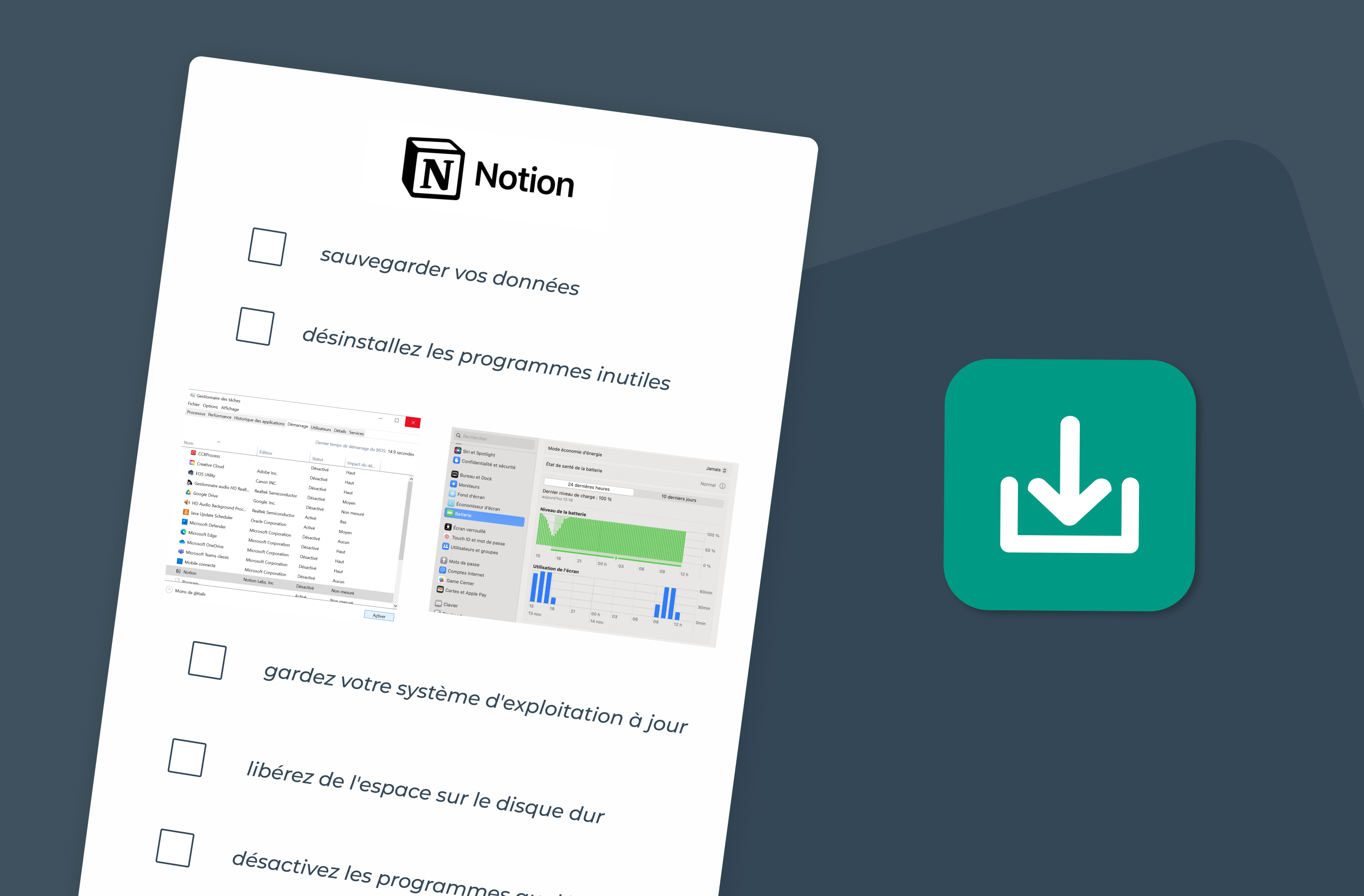IT support in business: a complete guide

Benefit from effective IT support
Discover our all-in-one solution
There are things that you notice especially when they don't work. The computer support is one of them. However, this discreet cog is essential for the proper functioning of a modern business. At a time when the digital tools are multiplying, the technical needs explode. And the expectations of the users as well.
So how structure effective IT support ? When should you consider outsourcing it? What tools and skills should be mobilized? We tell you everything.
General overview of IT support and its different levels
The computer support brings together all the services intended to assist users with their daily technical problems. These could be software bugs, faulty hardware, forgotten passwords, or simply questions about using a tool.
But behind this seemingly simple mission lies a well-established organization, often structured in support levels. Each level corresponds to a degree of complexity of the incidents handled.
Level 1: Basic Support
It's the first point of contact for users. The level 1 technician manages the most common requests: restarting a locked PC, connection problem, software that does not open... It is also at this level that we ensure the computer maintenance first level, with simple checks or basic reinstallations.
In this regard, don't miss our guide to computer maintenance to know everything about it.
Level 2: Advanced Technical Support
When the problem exceeds the capabilities of the first level, it is referred to a technician at Level 2. Here, we are entering into more advanced interventions: network configuration, analysis of system logs, complex hardware diagnostics... It is often profiles with more experience who take over. Because they are able to explore the technical layers of each incident in greater depth.
Level 3: Specialized expertise
This last level includes experts (internal or external partners) capable of dealing with the rarest or most critical cases. They intervene on profound application bugs, security breaches or crisis situations. This level also includes software publishers or manufacturers, especially when it comes to a system bug to be fixed via an official update.
How to set up effective IT support in your business
The effectiveness of support depends as much on the organization as on the tools and the teams. Here are the main steps to properly structure this strategic service.
Analysis of needs and definition of objectives
Above all, you need to understand user expectations and internal constraints. What is the volume of requests? What types of problems come up often? The challenge here is to prioritize needs and to define realistic goals: average response time, satisfaction rate, first contact resolution rate...
Choosing the right tools and technologies
A good support is based on a tech stack well thought out:
- Ticketing tools to centralize requests;
- System monitoring to anticipate breakdowns;
- Accessible communication channels: chat, email, telephone;
- A self-service portal for frequently asked questions.
The Rzilient platform, for example, allows pilot in real time all of these subjects, while automating the most frequent requests.
Staff training and recruitment
Les support technicians must master the tools of the company, but also demonstrate pedagogy. A good support is also a human relationship : to listen, to reassure, to popularize. Investing in continuing education means guaranteeing a team that is up to date on the latest threats or technologies.
Cost of setting up IT support in your business
On the budget side, everything depends on the size of the team, the tools chosen and the scope covered (working hours only or 24 hours a day). In-house support is more expensive in the short term, but offers better control. Outsourcing, on the other hand, makes it possible to control costs and rely on ready-to-use expertise (more on this below).
The challenges and challenges of IT support
Ensuring effective IT support is not without challenges. Here are the main challenges faced by the teams.
Ticket management and incident prioritization
Not all incidents are created equal. So you need clear prioritization rules (e.g. blocking, urgent, standard) and a good distribution of resources. What's at stake? That users never feel left alone when faced with a bug.
Maintaining user satisfaction
Responsive and human support improves the quality of life at work. It is also a factor in retaining talent. Conversely, a poor support experience can quickly turn into frustration and negatively impact the effectiveness of an entire team.
Adapting to new technologies and threats
The IT world is constantly evolving. New applications, cloud migrations, cybersecurity threats... The support must follow, adapt, and be trained. The integration of cybersecurity in business in support routines is also essential.
How to optimize IT support management
IT support can always be improved. Here are 3 concrete levers.
Automating repetitive processes
Password reset, access configuration, recurring requests... These tasks can be automated via a platform like Rzilient. The result: fewer tickets, more time for complex requests.
Setting up a knowledge base
Creating an internal FAQ, tutorials or a searchable database is gain user autonomy. Employees find the answers themselves, while support becomes more effective.
Performance monitoring and continuous improvement
KPIs to track: average response time, number of open tickets, resolution rate, user satisfaction. An approach data driven makes it possible to identify weak points, optimize resources, and continuously improve support.
Why and when to outsource IT support?
Many businesses choose tooutsource their IT support. A strategy that can prove to be a winning one, depending on the context.
Benefits of outsourcing IT support
- Reduction of fixed costs;
- Access to a advanced and up to date expertise ;
- Extended coverage (evenings, weekends, teleworking);
- Less HR and logistics management.
It's also a great way to Scaler quickly, without weighing down its structure.
Criteria for deciding whether to outsource or not
You have to ask yourself the right questions:
- Do we have in-house skills?
- Is the volume of tickets sustainable?
- Do we need 24/7 support?
- Can we guarantee the same quality of service as a specialized provider?
Example of successful IT support outsourcing with Rzilient
Take the example of Sincro, a Parisian SME specializing in management software for intellectual service providers. With around 60 employees spread between Paris, Lyon and working from home, the IT support management rested mainly on the shoulders of its CTO, Philippe Bechtel.
In addition to his development and architecture responsibilities, Philippe had to manage hardware purchases, configurations, and respond to user support requests. A considerable amount of work.
Faced with rapid growth, including the opening of a new office in Lyon and a series of onboardings, Philippe decided to call on Rzilient to outsource IT support. This decision made it possible to reduce your computer equipment management time from more than 8 hours per month to only 2 hours. In addition, by opting for refurbished equipment via rzilient, Sincro saved around 30% on its IT purchases, while engaging in a Green IT approach.
The impact on efficiency was immediate: an employee who was the victim of a computer theft was able to receive a new PC that was refurbished and configured the next day. In addition, the onboarding of a new employee, which previously took 4 to 5 hours, is now carried out in only 5 minutes thanks to the Rzilient platform.
Philippe can now focus on his core business, while being confident that the IT support is in good hands.

Conclusion
Well-thought-out IT support is much more than a technical service. It is a orchestration tool that makes daily life more fluid, secures systems and contributes directly to team productivity.
At rzilient, we help you switch to next-gen support: centralized, automated and human.
Do you want to simplify the management of your IT support? Find out how our all-in-one platform and our managed services can transform your daily life.






.webp)
